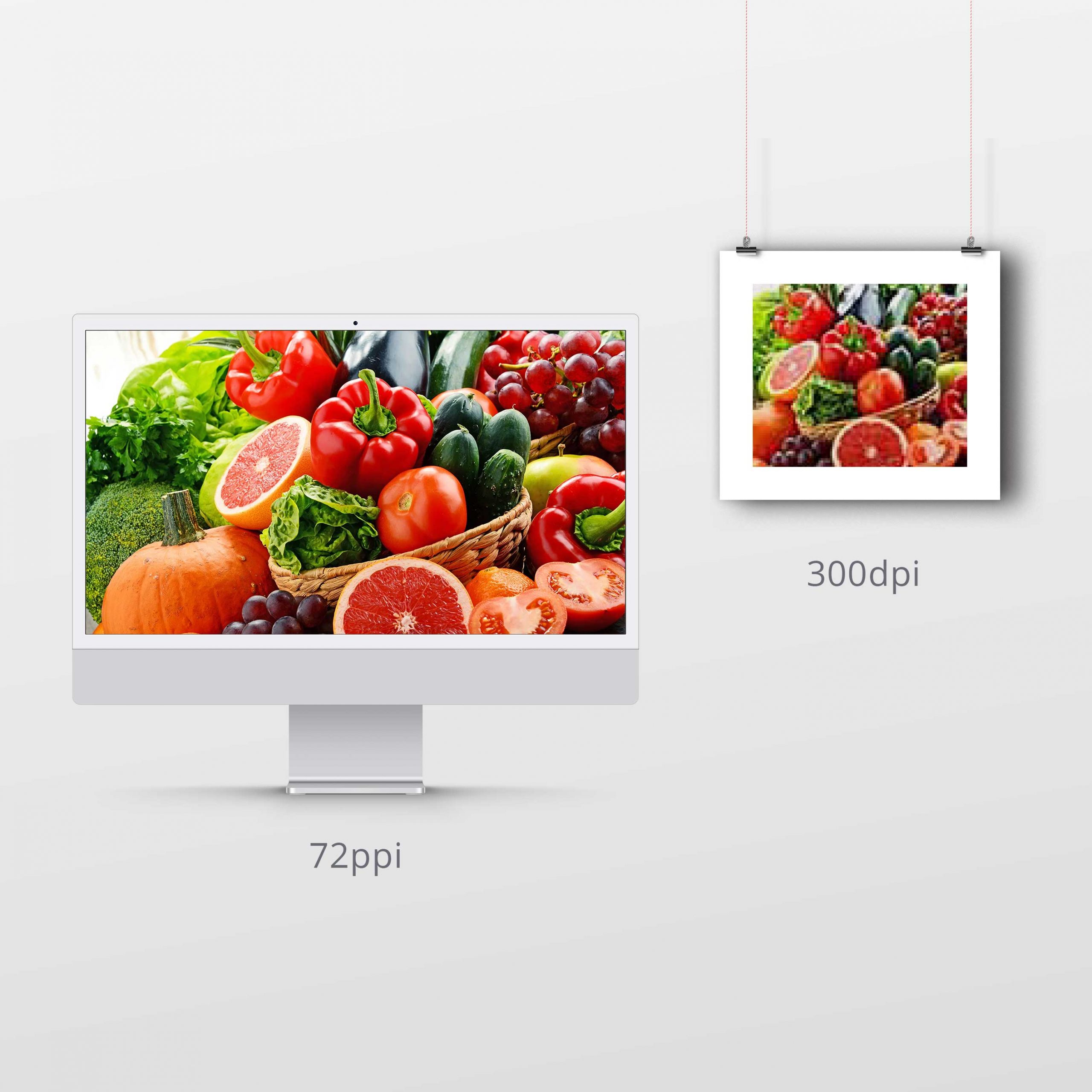Top Three Things to Consider when Choosing Signs for your Care Home
Whilst there might be other items at the top of a care home manager’s priority list, the importance of signage cannot be understated. A well-signposted care home is vital to its smooth running and the wellbeing of its residents.
1. Who will be using your signs and how will they interact with them?
When designing a signage system in a care home, Display Signs always considers who will be using the signs and how they will interact with them. This is why Display Signs has designed signs specifically with the elderly, those who have Dementia, learning difficulties or limited sight in mind.
Our range of purposely designed Dementia friendly signs allows residents to independently navigate their surroundings. We use easily identifiable and intuitive tactile icons which allow residents to visualise as well as feel their environment. Our low reflection and anti-glare materials make the information on the signs clear and easy to read in all lighting conditions. In addition, our wide range of colours will help transform the aesthetic of the home into a colourful and pleasing place to be. Our Dementia friendly signs can also have easily interchangeable slots to insert a resident’s name and photograph to act as a memory aid.
In addition, all of our signs have the option to include braille and tactile lettering to assist those who are visually impaired to move around the home safely. We use standard Class 1 UK Braille which complies with the RNIB guidance. We can produce braille in any colour to allow it to stand out against the background or can print in clear to help it blend in.
Furthermore, it is important to bear in mind that it is not only residents and staff who will be using the signs on a day-to-day basis, but also relatives, emergency services and service providers. The fundamental rule to a successful wayfinding signage system is to keep it clear, concise and consistent.
2. What Key Features Need Signposting?
It is important to consider what rooms need to be included in your wayfinding signs. The care home’s manager’s office, for example, the dining room and communal lounge. These are key features which need to be easily recognised by residents. Similarly, you may need to consider which rooms do not require signage. For example, certain areas such as the kitchen or service lifts could be dangerous for residents if unsupervised.
3. What about the Exterior?
As well as assisting you in designing your custom internal signage system, Display Signs can assist with all your external signage needs. From hoardings and flags during the construction or re-development of your care home, to large exterior signs and monoliths with your custom branding Display Signs have a solution to advertise your care home for years to come.
Please contact Display Signs’ expert team who will be happy to help you with any signage enquiry you may have.




